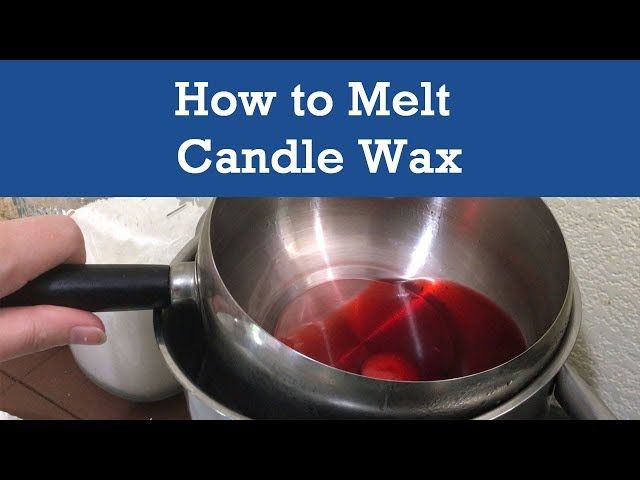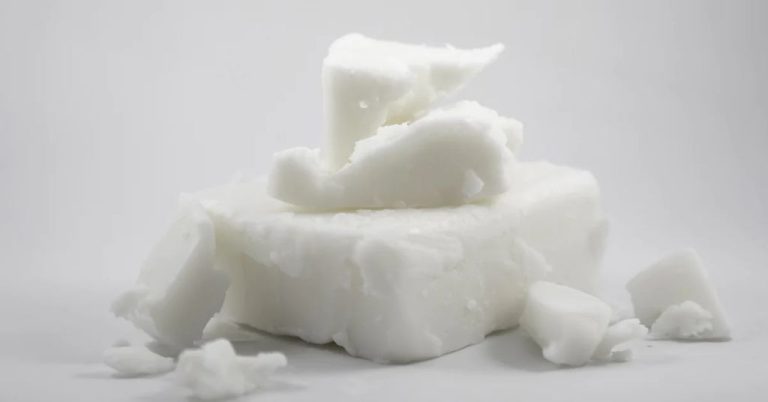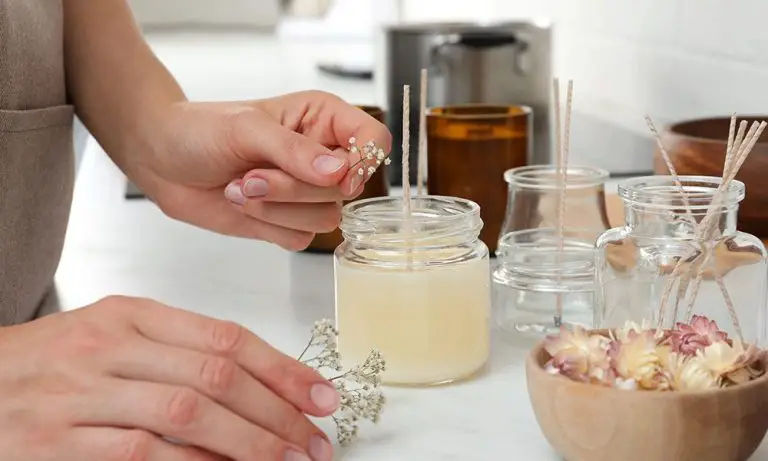What Is Pure Beeswax Used For?
Pure beeswax is a natural wax produced by honey bees. It is secreted from special glands in the bee’s abdomen and used by bees to build the walls of the honeycomb in their hive. Pure beeswax is different from commercial beeswax, as it has not been processed or bleached.
Beeswax consists of a mixture of over 300 compounds, predominantly long-chain alkanes, acids, esters, polyesters, and hydroxy esters. The main components are palmitate, palmitoleate, and oleate esters of long-chain (30-32 carbons) aliphatic alcohols, with the ratio of triacontanyl palmitate CH3(CH2)29O-CO-(CH2)14CH3 to cerotic acid CH3(CH2)24COOH, the two principal components, being 6:1. It has a low melting point range of 62 to 64 °C. It is immiscible in water but soluble in most organic solvents.
Pure beeswax has many applications and has been used since ancient times. It is used in candle making, natural skin care, chewing gum, art supplies like encaustic painting, and more. It is valued for being non-toxic, hypoallergenic, and having anti-inflammatory properties.
Candle Making
Pure beeswax is most commonly used to make candles. Beeswax candles are preferred over paraffin candles for several reasons:
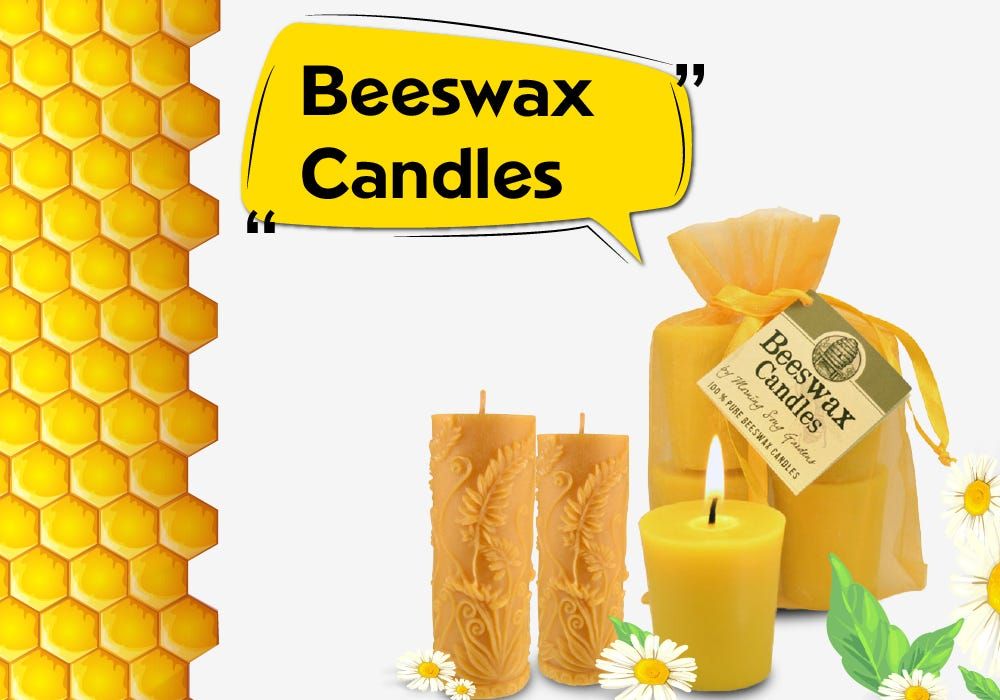
Beeswax candles burn longer – They have a lower melting point so the wax pool stays liquid longer (1).
Cleaner burn – Beeswax doesn’t produce petroleum byproducts or soot when burning like paraffin candles, resulting in less smoke (2). The flame also burns brighter.
Natural material – Beeswax is a completely natural wax made by honey bees so it’s biodegradable and non-toxic (3). Paraffin is a petroleum byproduct.
Pleasant aroma – Beeswax candles have a light, sweet, honey-like scent from the wax versus artificial fragrances in paraffin.
Types of candles made with beeswax include taper, pillar, votive, tealight, and container candles. Beeswax is also blended with other natural waxes like soy wax to modify properties.
Skin Care
Beeswax has been used in skin care for centuries due to its ability to lock moisture into the skin and prevent dryness (source). It contains vitamin A, which helps soften and rehydrate the skin. When included in creams, lotions, and balms, beeswax forms a protective barrier that helps seal in hydration.
Studies have shown beeswax can improve skin elasticity and reduce inflammation. Its anti-inflammatory, antibacterial, and humectant properties make it beneficial for relieving certain skin issues like eczema, psoriasis, and dermatitis. Research indicates beeswax can also stimulate cell regeneration and collagen production, reducing the appearance of scars and wrinkles (source).
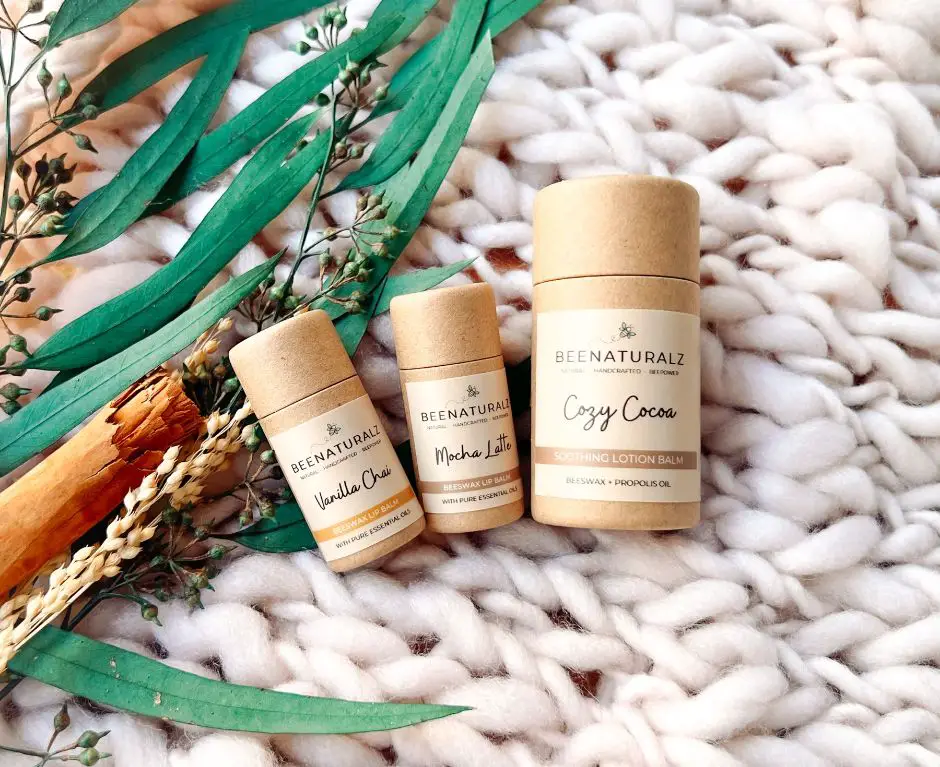
Overall, beeswax is well-suited for sensitive skin types. It nourishes dry skin without clogging pores. Many natural moisturizers, chapsticks, hand creams, and body butters rely on the emollient, soothing properties of beeswax.
Natural Preservative
One of the most useful properties of pure beeswax is its ability to act as a natural preservative. Beeswax contains antimicrobial properties that allow it to prevent spoilage and degradation of certain materials. This makes beeswax an effective preservative ingredient in many products, especially foods and cosmetics.
Research has shown that beeswax can inhibit bacterial growth and prevent spoilage in food products. The antimicrobial effects come from compounds like fatty acids, esters, and long-chain alcohols that are present in beeswax (Source 1). A coating of beeswax can help preserve the freshness of fruits and vegetables, and it is commonly used as an ingredient in natural chewing gum to prevent it from going bad.
In cosmetics, beeswax is an excellent natural alternative to synthetic preservatives. It helps prevent bacterial and fungal contamination in creams, lotions, balms and other beauty products. Beeswax increases the shelf life of cosmetics while still allowing for an all-natural ingredients list (Source 2). The antimicrobial effects also make it beneficial for products applied to the skin, as it helps stop the growth of acne-causing bacteria.
With rising concerns over artificial preservatives, beeswax offers a versatile, non-toxic option for extending the shelf life and freshness of consumable items from food to cosmetics. Its antimicrobial properties provide natural preservation without harmful chemicals.
Chewing Gum
Pure beeswax was originally used as a base ingredient in early chewing gums before synthetic polymers became widely used. Early settlers in North America learned from Native Americans to chew the sap from spruce trees, mixing it with beeswax to make a primitive chewing gum.[1] This was an early precursor to modern chewing gum, providing a natural alternative to rubber-based gums. Beeswax remained an essential ingredient in chewing gums through the late 19th century, included in the first commercial gums sold by John Bacon Curtis in 1848.[2]
Beeswax gives chewing gum a better texture and helps it remain pliable. It also enables chewing gum to withstand heat and physical stress without deforming as much. While most mass-produced gums today use synthetic polymers, beeswax is still valued by some smaller gum manufacturers and people making gums at home. It provides a more natural gum base and ingredients. Some natural chewing gums today contain beeswax as an alternative to petroleum-derived gum bases.

Polishes
Beeswax is a common ingredient in many types of polishes including furniture polish, shoe polish, and car polish. The natural wax helps protect wood and leather while making surfaces shine. According to The Original Bee’s Wax Furniture Polish, beeswax cleans, protects, preserves, and restores luster to furniture. It feeds and enhances the wood. Furniture polish with beeswax leaves a protective coating that repels water and prevents scratches.
Shoe polish formulas also utilize beeswax to condition leather, keeping it supple and preventing cracking. The wax helps fill in scuffs on shoes. In car polishes, beeswax works as a protectant. It creates a thin barrier on the car’s painted surfaces to prevent fading and oxidation. The wax helps the shine last longer compared to silicone-based sprays.
Lubrication
Beeswax is an effective natural lubricant and has been used as such for hundreds of years. When rubbed onto surfaces, beeswax creates a protective barrier that reduces friction and prevents sticking. Some common uses of beeswax as a lubricant include:
Use in lubricants – Beeswax can be used to make all-natural lubricants. It is added to oils like coconut oil to thicken them and help them stay in place longer. Beeswax lubricants are used for lubricating everything from hinges and drawers to clocks and guitars.
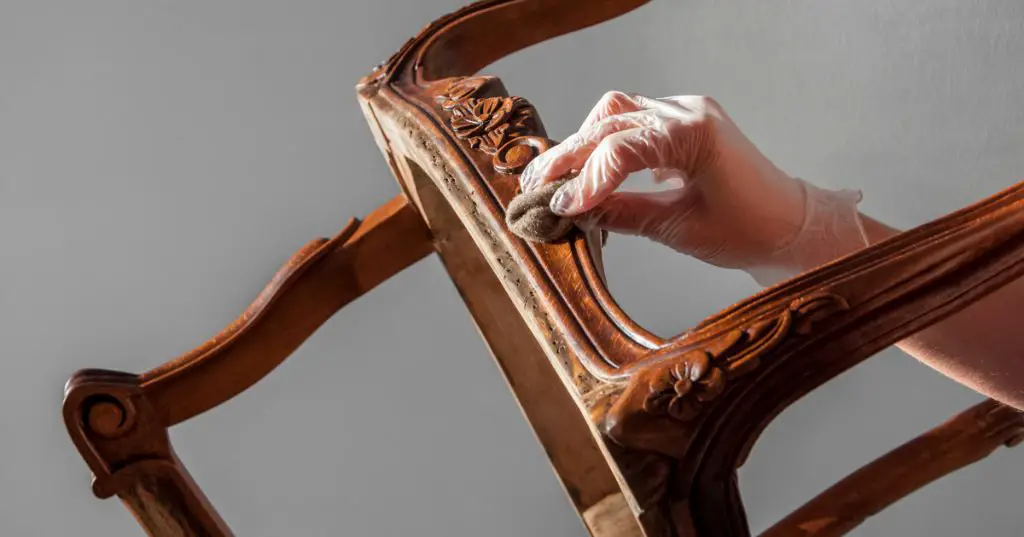
Surfboard wax – Surfboard wax is traditionally made from a blend of beeswax and paraffin or coconut oil. The wax helps surfers get better traction and grip on their boards. Beeswax helps the wax stick to the board and stay pliable in different water temperatures.
Cosmetics
Beeswax is a common ingredient in many cosmetic products, especially lip balms, mascaras, and eye shadows. It has several beneficial properties that make it useful in cosmetics:
As an emulsifier, beeswax binds oil and water together in creams and lotions. This helps the product go on smoothly and evenly on the skin. Beeswax is commonly used in lip balms to help condition lips and seal in moisture (source).
Beeswax acts as a thickener in mascaras and eye shadows, helping the product adhere properly to lashes and lids. The wax provides structure that prevents clumping or flaking off (source).
It has water-resistant properties that allow cosmetics to stay on longer without smudging or running. Mascaras and eyeliners containing beeswax have better staying power.
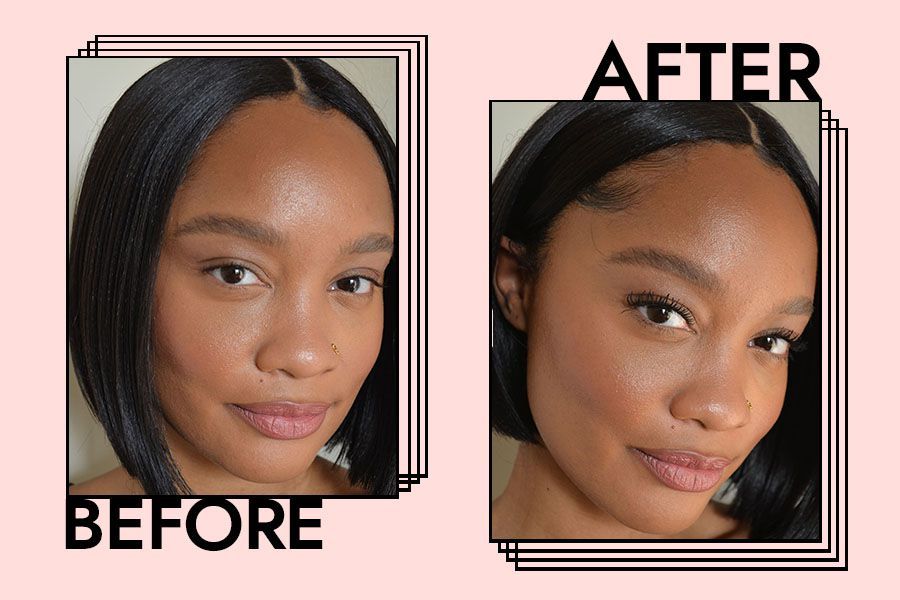
Beeswax creates a protective barrier when applied to the skin. On lips, it seals in moisture and prevents drying. On eyes, it prevents makeup creams from irritating the delicate eye area.
Overall, beeswax improves the texture, application, and longevity of many cosmetics while also caring for the skin. Its multipurpose nature makes it a popular ingredient in numerous beauty products.
Art Supplies
Beeswax is commonly used in art supplies like crayons, modeling clay, and encaustic paints. When added to crayons, beeswax helps create brighter colors and a smoother texture compared to paraffin wax crayons. It also makes crayons less prone to breaking or crumbling. According to Encaustic Art Supplies, beeswax is a key ingredient in modeling clay recipes, providing plasticity and workability to the clay. Encaustic paints are wax-based paints that involve melting beeswax and adding pigments. The wax allows the paint to be spread smoothly and retain brushstrokes when cooled.
Conclusion
Pure beeswax has a wide variety of uses and benefits. The main uses covered in this article were candle making, skin care, as a natural preservative, in chewing gum, for polishes and lubrication, in cosmetics, and for art supplies.
The key benefits of pure beeswax are that it is all natural, renewable, non-toxic, antibacterial, and acts as an emollient on skin. Its melting point makes it a useful thickener and texturizer in products like lotions and lip balms. It also gives a lovely honey aroma and natural glow when used in candles or cosmetics.
Overall, pure beeswax is a versatile substance appreciated for centuries for its aromatic and skin conditioning properties. There are many eco-friendly artisanal uses that allow us to experience the nourishing gifts of the beehive. With proper sourcing and care, beeswax can continue providing natural benefits for generations to come.

